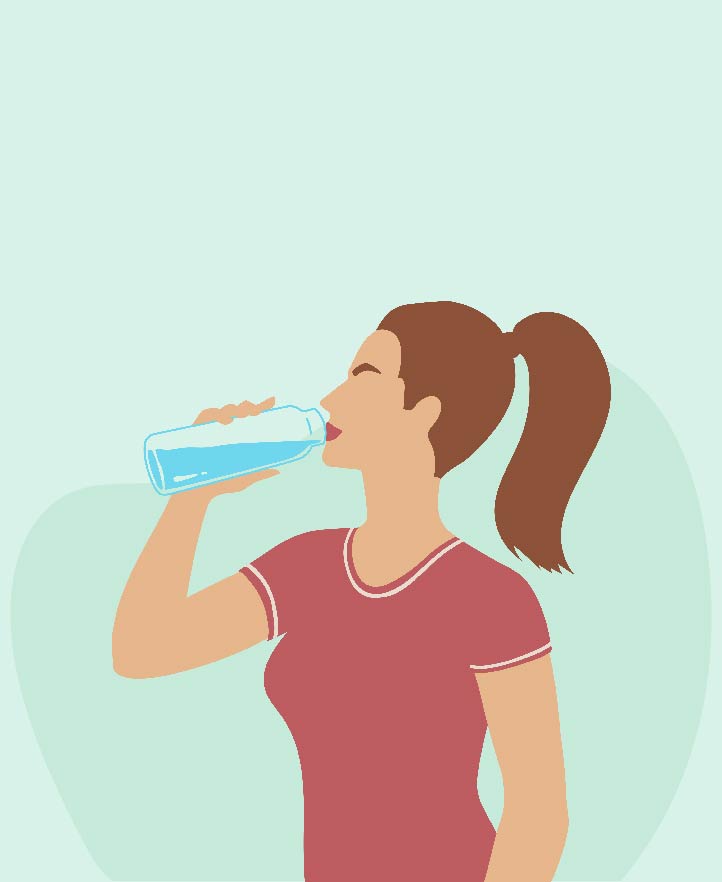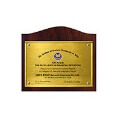

What is Angular Cheilitis?
Angular cheilitis, also called angular stomatitis or perleche, is a common inflammatory condition that causes red, swollen, and painful cracks or sore at the corners of the mouth. This condition is not harmful, and it is usually caused by a fungal infection. Read on to learn more about this condition.
Symptoms
Angular cheilitis is a condition that causes redness, swelling or inflammation in one or both corners of the mouth. These patches are usually found at the spots where the lips meet to form an angle at the corners of the mouth. Fungal infections are the most important trigger for this condition. However, in some rare cases, it can also be caused due to bacterial infections.
The following are common symptoms of this condition, and you may notice them on one or both sides of your mouth:
• Bleeding in severe cases
• Painful blisters
• Itchy, cracked and painful patches
• Swollen skin
• Scaly patches
• Crusting
• Burning sensation on the lips
• Feeling of bad taste
• Difficulty eating/swallowing food
• Maceration, which makes the skin look soggy and pale-coloured
Causes
The common triggers of angular cheilitis are:
• Saliva, which builds near the lips, gets dried up, causing the skin to crack.
• Licking your lips more often than necessary, as the moisture accumulation in the lips can be a breeding ground for fungus.
• Fungal infections, especially from the Candida type of yeast
• Nutrient deficiency, especially being deficient in riboflavin (B2)
Cases where the triggers are not identified are known as idiopathic angular cheilitis.
Diagnosis
Doctors typically begin by performing a physical examination of the blisters and swelling around the lips to diagnose angular cheilitis. They may ask about your oral habits and lifestyle factors that could be contributing to the condition. A swab from the affected area might also be taken to identify the underlying cause and rule out other conditions, such as herpes labialis or lichen planus.
Treatment
Angular cheilitis treatment procedures depend on the intensity of the sores on your lips. If the condition is due to dry, inflamed skin, doctors recommend petrolatum ointments in these cases. This prevents moisture buildup in the corners of your mouth, thereby keeping cheilitis at bay.
Your doctor may recommend hydrocortisone 1% ointment if your condition is due to a dermatological problem like eczema. In case of infections, they are usually treated with the help of antifungal medications.
Self-Care Tips
Some of the best home-care tips you can follow for keeping symptoms of angular cheilitis at bay are:
• Apply petroleum jelly or extra virgin coconut oil frequently on the lips.
• Keeping yourself well-hydrated.
• Eating foods rich in Vitamin B2, protein and iron.
How to Prevent Angular Cheilitis?
Sometimes, you may not even know the triggers for this condition. Hence, preventing it becomes difficult. However, in cases where triggers are established, you can follow these preventive tips to stay away from all signs of cheilitis:
• Avoid licking your lips frequently
• Eat nutrient-rich foods and drink ample water throughout the day
• Moisturise your lips often to prevent saliva buildup
• Quit smoking and using tobacco-based products
• Use the right quality of cosmetic products
• Stay away from allergens that trigger skin conditions (spicy foods, chemical products in makeup, toothpaste, etc.)
Why Do I Keep Getting Angular Cheilitis?
If you fall under one of the following conditions, you may experience recurrent cheilitis on one or both corners of your mouth frequently:
• Wear braces or ill-fitting dentures
• Lick your lips frequently
• Have crooked teeth
• You have sagging skin around the mouth
• Suck thumbs frequently
• Smoke frequently
• Are nutrient deficient
• Have certain existing medical conditions, such as diabetes, anaemia, cancer, Down syndrome and immune disorders
• Have atopic dermatitis or eczema
• Have fungal infections, like oral thrush
• Wear a face mask regularly
• Have skin allergies
• Have a weak immune system
Angular Cheilitis and Diabetes
One of the main questions people have in their minds is whether there is a relationship between diabetes and cheilitis. According to experts, people with diabetes are more likely to be diagnosed with cheilitis than others. Usually, candida yeast feeds on the sugar in one’s body. Diabetics are prone to this yeast infection as they have a lot of glucose in their bodies. Diabetics also have a weak immune system, due to which they are easily infected by this condition.
Conclusion
Angular cheilitis is usually not a serious or contagious condition and can be treated effectively. Most cases respond well to antifungal creams, antibacterial ointments or petrolatum-based moisturisers, with symptoms like soreness and swelling typically clearing up within a week or two.
While treatment is generally straightforward, having the right health insurance can provide peace of mind, especially if the condition becomes chronic or part of a broader skin or nutritional issue. A good plan ensures that you are covered for doctor visits, tests and prescription costs.
One of the important components of our overall wellness is also being financially secured. Healthcare emergencies can happen any time, but a good health insurance policy can protect you from such uncertain situations. To know more about Wellness and other health related tips, visit the wellness corner.
Disclaimer: This blog provides general information and discussions about health and related subjects. The information and other content provided in this blog, website or any linked materials are not intended and should not be considered or used as a substitute for medical advice, diagnosis, or treatment. Kindly contact your doctor before starting a new medicine or health regime.
Related Articles
Understanding Yeast Infection: Symptoms, Signs, and Causes
Trichomoniasis Infection: Causes & Symptoms
Infections in Seniors: Prevention Tips That Work
Reasons Behind Chlamydia Infection
Published on July 11, 2025















 Health Insurance
Health Insurance  Travel Insurance
Travel Insurance  Car Insurance
Car Insurance  Cyber Insurance
Cyber Insurance  Critical Illness Insurance
Critical Illness Insurance
 Pet Insurance
Pet Insurance
 Bike/Two Wheeler Insurance
Bike/Two Wheeler Insurance  Home Insurance
Home Insurance  Third Party Vehicle Ins.
Third Party Vehicle Ins.  Tractor Insurance
Tractor Insurance  Goods Carrying Vehicle Ins.
Goods Carrying Vehicle Ins.  Passenger Carrying Vehicle Ins.
Passenger Carrying Vehicle Ins.  Compulsory Personal Accident Insurance
Compulsory Personal Accident Insurance  Travel Insurance
Travel Insurance  Rural
Rural